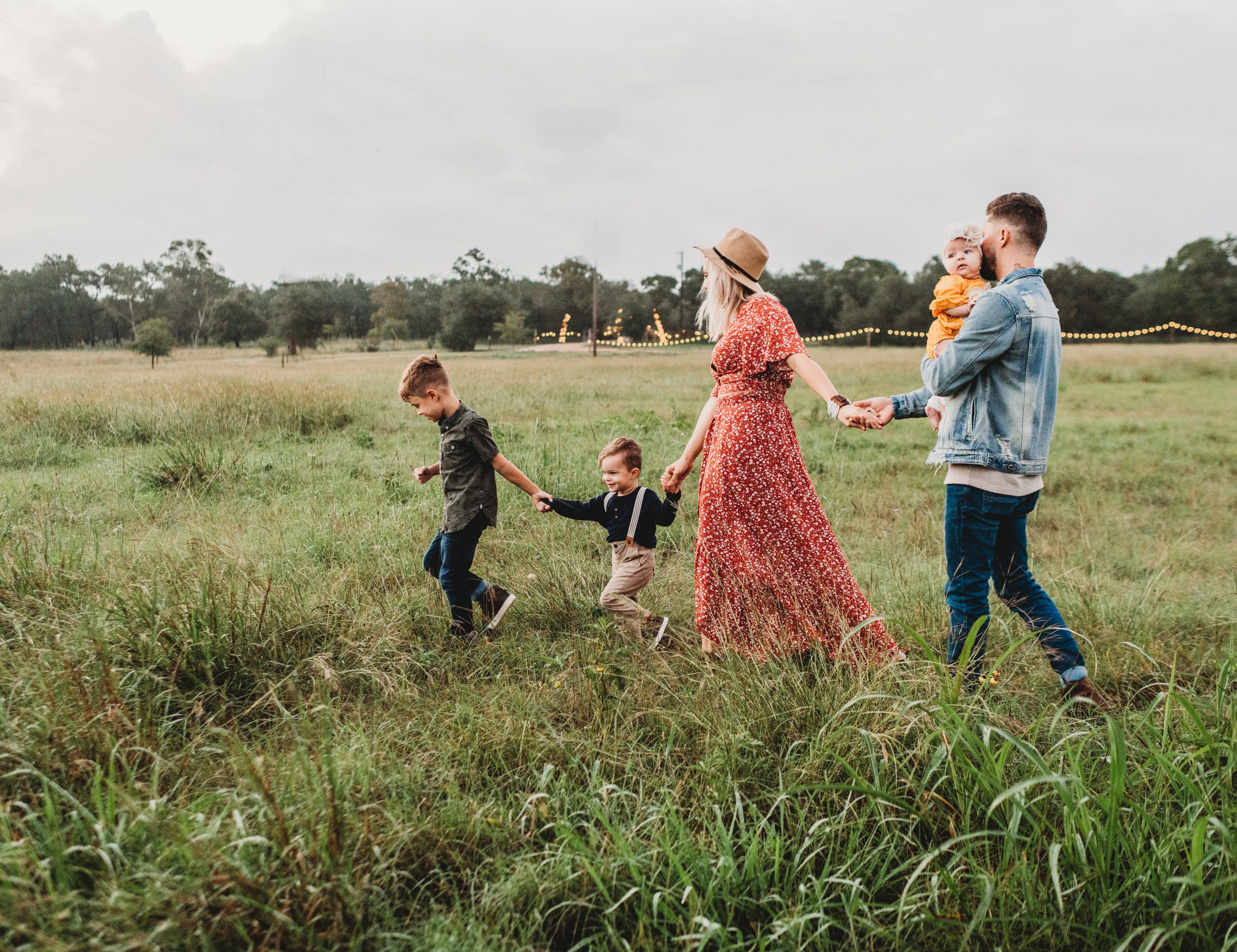Series Introduction: Biblical Christian Schools and their practices
We spend a lot of time building a Christian perspective or world and life view into our curriculum. But how does or should, our faith inform our everyday practices in schools and classrooms?
1. A Second Home
During our ministry with schools in Indonesia, we were involved with a major analysis, and ultimate revision, of our Mission and Vision Statements for the schools and universities in our group.
Amongst the original statements was a short “motto” which said, “A second home for your children”.
Our general consensus was that this little maxim had served its purpose and our language should now reflect a more mature, sophisticated and thoughtful approach to our understanding of Biblical Christian Education. How wrong we were!
Our school families and, overwhelmingly, our students argued passionately and strongly that we maintain this succinct phrase; so, we did.
A sense of “family-ness” is at the heart of Biblical Christian community.
As educators in Biblical Christian communities, we echo Paul’s words:
But we were gentle among you, like a nursing mother taking care of her own children. So, being affectionately desirous of you, we were ready to share with you not only the gospel of God but also our own selves, because you had become very dear to us. (1 Thess 2:7-8)
We create a false binary when we suggest that education in our schools should be either rigorous or relational. It must be both. That’s the way that families operate. We purposefully engage our family members in opportunities for growth and development in the context of loving one another.
It seems obvious that in our schools, we must be seeking the highest of standards and expectations along with ensuring the most genuine giving of self and sharing of life.
Understanding family and seeking to reflect the Fatherhood of God into our communities is foundational to our understanding and practice.
Blessings
Brian

